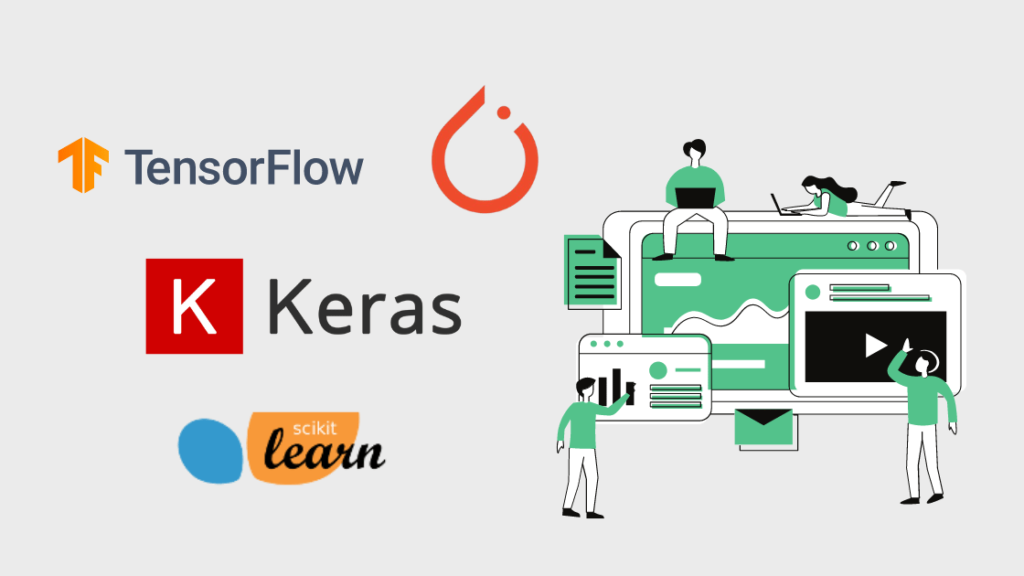Machine learning is a rapidly growing field, with new libraries and tools emerging every day. As data science and artificial intelligence become increasingly important for businesses and organizations, it is essential to stay up-to-date with the latest machine learning libraries and frameworks. In this article, we will provide a comprehensive guide to the top libraries for machine learning, discussing the strengths and weaknesses of each library and its practical applications.
Scikit-learn
Scikit-learn is a powerful and easy-to-use library for machine learning in Python. It provides a wide range of algorithms for classification, regression, clustering, and dimensionality reduction, as well as tools for model selection and evaluation. Scikit-learn is particularly well-suited for small to medium-sized datasets and is widely used in industry and academia.
TensorFlow
TensorFlow is an open-source machine-learning library developed by Google. It provides a powerful platform for building and deploying deep learning models, with support for a wide range of hardware and operating systems. TensorFlow is particularly well-suited for large-scale machine learning tasks, such as image recognition and natural language processing.
Keras
Keras is a high-level neural networks API, written in Python and capable of running on top of TensorFlow, CNTK, or Theano. It allows for easy and fast prototyping, supports both convolutional and recurrent networks, and has become a popular choice for deep learning applications.
PyTorch
PyTorch is a machine-learning library for Python, developed by Facebook. It provides a dynamic computational graph and automatic differentiation, making it particularly well-suited for deep learning and other complex tasks. PyTorch has become a popular choice for research in academia and industry, due to its flexibility and ease of use.
Caffe
Caffe is a deep learning framework developed by the Berkeley Vision and Learning Center. It is particularly well-suited for image classification and other computer vision tasks, with support for convolutional neural networks (CNNs) and recurrent neural networks (RNNs). Caffe is widely used in industry and academia and has a strong focus on speed and efficiency.
Conclusion
There are many libraries and frameworks for machine learning, each with its own strengths and weaknesses. By understanding the differences between these libraries and their practical applications, data scientists can choose the best tools for their specific needs. Whether you are building a simple classification model or a complex deep-learning network, there is a library out there that can help you achieve your goals.
